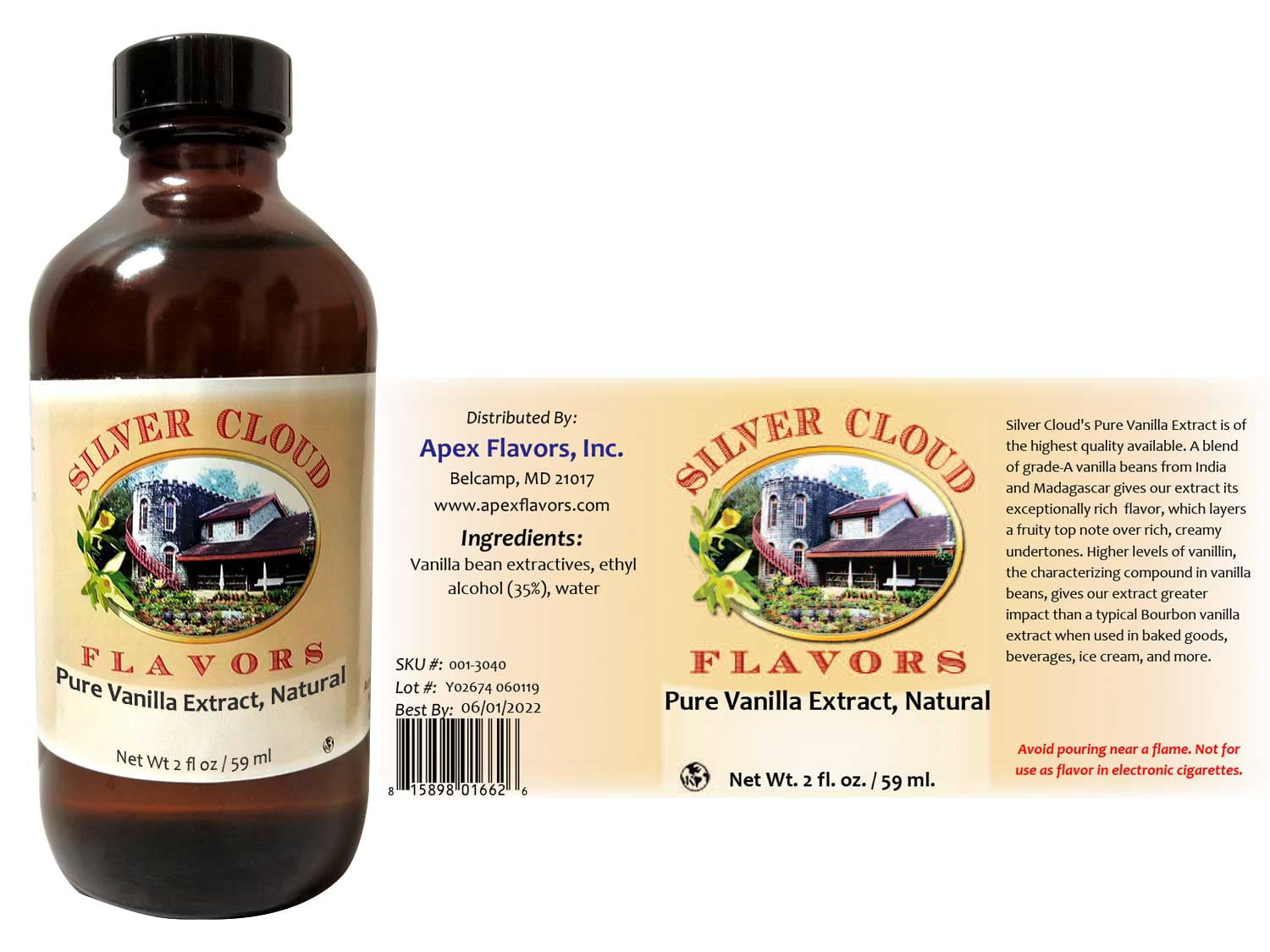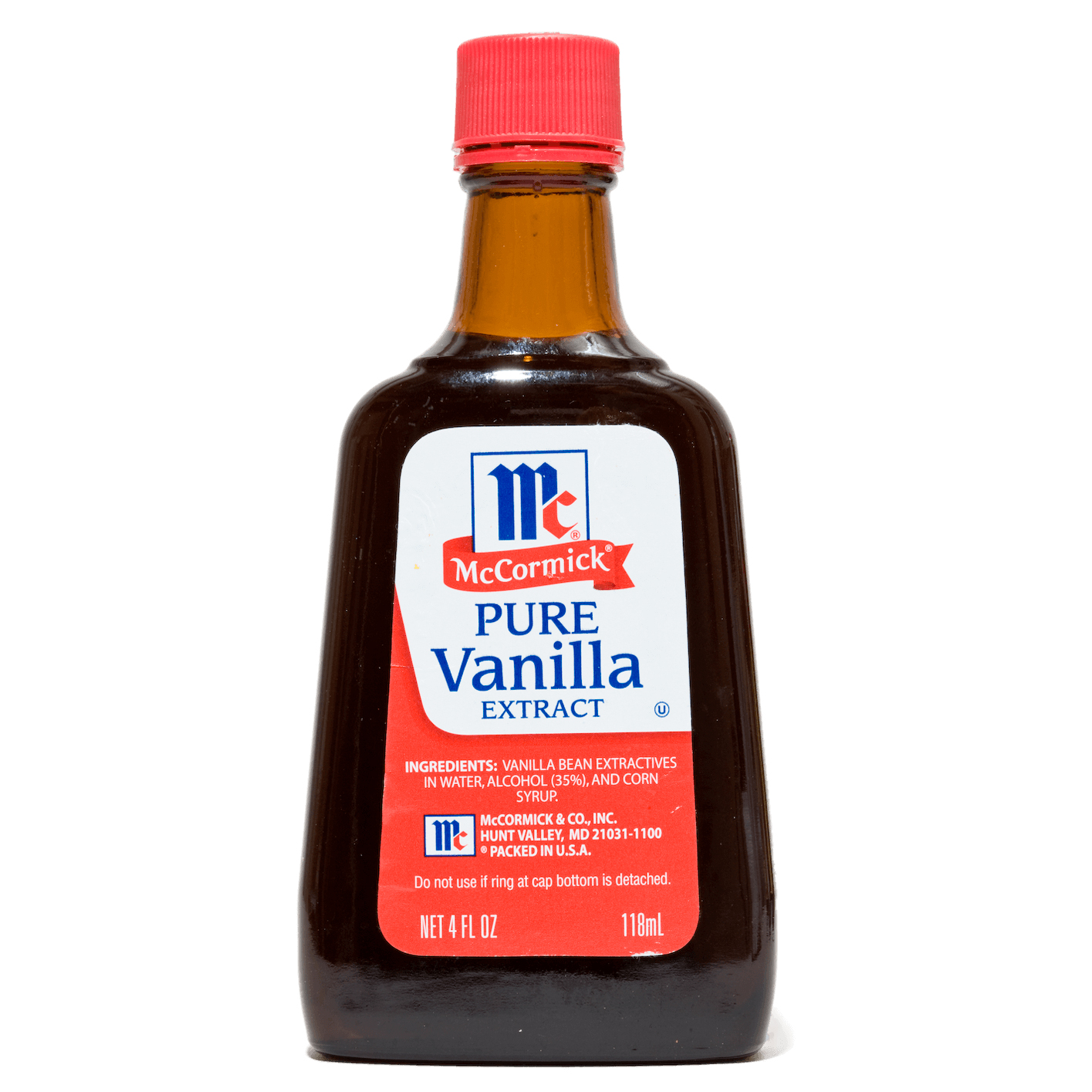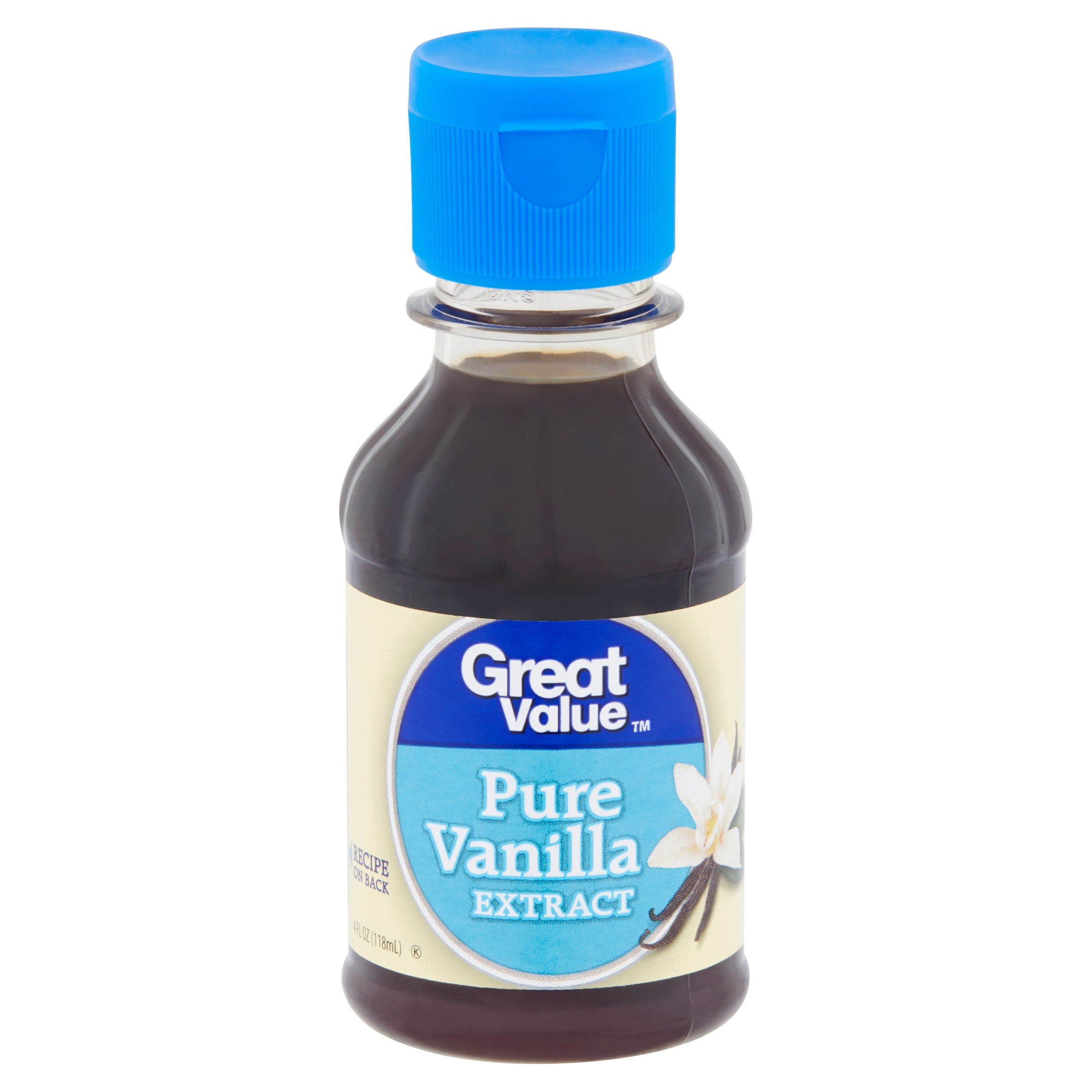


Then once per week for the first few months and then once per month for the remaining time. Start by shaking the mason jars daily for the first week.

#Vanilla flavoring manual#
Vanilla orchid flower: each flower requires manual hand-pollination within 24 hours of opening.Here are the essential parts of the plant used to make vanilla: Vanilla is derived from a vanilla orchid-primarily the Mexican or Bourbon species ‘Vanilla planifolia’-which is a tropical vine native to Mexico. Here is a little bit more about the plant itself: The Vanilla Plant It’s in the top 3 most expensive spices in the world, along with saffron and fennel pollen. The story of real vanilla is so interesting–it all starts with a delicate hand-pollinated flower and produces a crop that’s more expensive than silver by weight. Keep reading to find out! Where Does Real Vanilla Flavor Come From? Or what’s actually involved in making this popular flavor. But most people don’t know where vanilla (real or imitation) comes from. We all love vanilla-whether in ice cream, cookies, cakes, or our coffee creamer.
#Vanilla flavoring how to#
“It does not have the same characteristics of natural vanilla.” But pure vanilla extract is worth it’s wait in gold, especially in these recipes.Where does vanilla flavoring come from? | Real vanilla | Artificial vanilla | How to tell if it’s real vanilla | FAQs So, should you use imitation vanilla? “Personally, I do not use artificial vanilla,” Chef Eddy said. Vanilla is also used in sweet breads (like raisin or banana bread) to create a delicate flavor and scent. Leaving out vanilla will make cookies taste like something is lacking, according to Chef Eddy. Cookies without vanilla will not have that homemade flavor. Less expensive chocolate bars will contain imitation, while more expensive and decadent tasting bars will have pure vanilla,” said Chef Eddy. Chocolate has a naturally strong flavor in itself, but all chocolate bars have vanilla as an ingredient as well to complement and enhance the taste. Vanilla harmonizes flavors in desserts – and should not be skipped over. “In terms of structural or moistness of final product there are no differences,” said Chef Eddy. When you use imitation vanilla instead of extract, you save yourself a little money but can end up with an inferior baked good. “While imitation vanilla is less expensive, it often leaves a slight chemical aftertaste which reminds me of cheap candy,” said Chef Eddy. Imitation Vanilla is made using (you guessed it) imitation ingredients which often contain chemicals. Extracts without any additional ingredients have a longer shelf life. Vanilla extracts can contain other ingredients such as sugar, which contributes to the sweetness of the product, but not the overall flavor. If vanilla extract is “pure” it means that the vanilla flavoring comes from only the vanilla bean, so the price is a little higher. Pure vanilla extract is made by steeping vanilla beans in water and ethyl alcohol. Vanilla beans grown in tropical countries can be pricey, so vanilla extract is sold as a substitute for flavoring in baking. What is vanilla extract – and is it really necessary? We asked world-renowned Chef Eddy Van Damme, the “Prince of Pastry” to give us the scoop between this ingredient and imitation vanilla.

You often see vanilla extract as an ingredient in dessert recipes.


 0 kommentar(er)
0 kommentar(er)
